Walking Over the Walls of Jeonju Castle
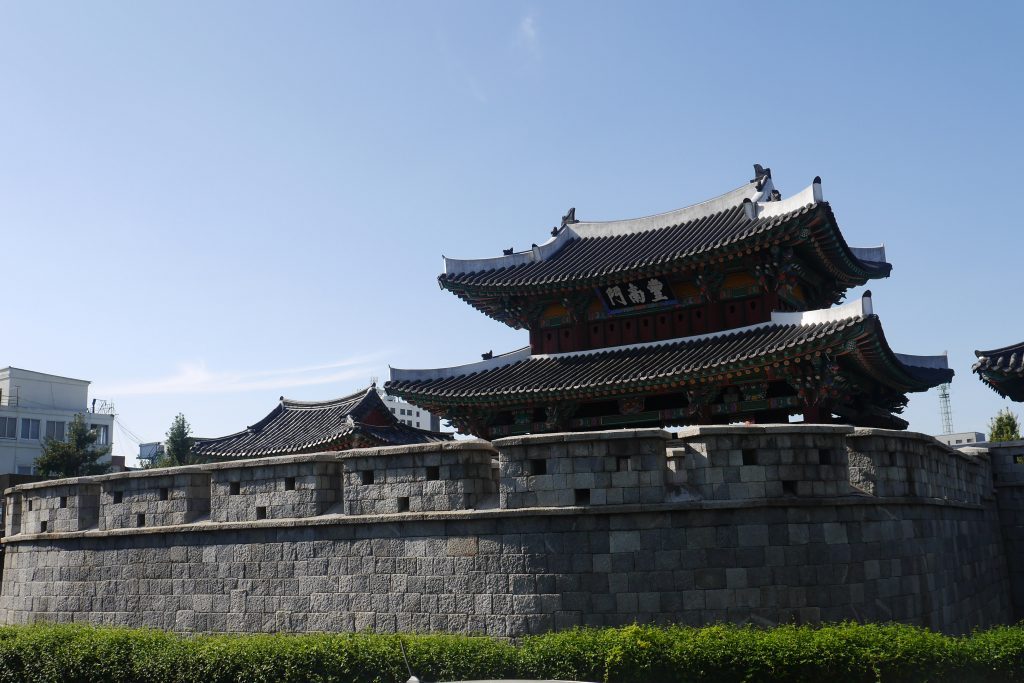
The best time of the year to visit Jeonju is autumn, when the temperature is moderately cooler but the sky is clear blue. Walking wherever your feet leads you is probably the best way to explore this ancient city. There are different walking tour routes in Jeonju. Today, I’ll introduce Jeonjubusung Yetgil (the old trails of Jeonju Castle) Tour.
Jeonjubusung Yetgil Tour
– When: Every Friday, Saturday, Sunday 3PM
– Where: Gyeonggijeon Palace Tourist Info – Jeondong Cathedral – Pungnammun Gate – Jeonlla Gamyoung – Gaeksa (takes about an hour)
– no need to register in advance (for group tour, contact tourist info)
Jeonju, the center of Joseon Dynasty
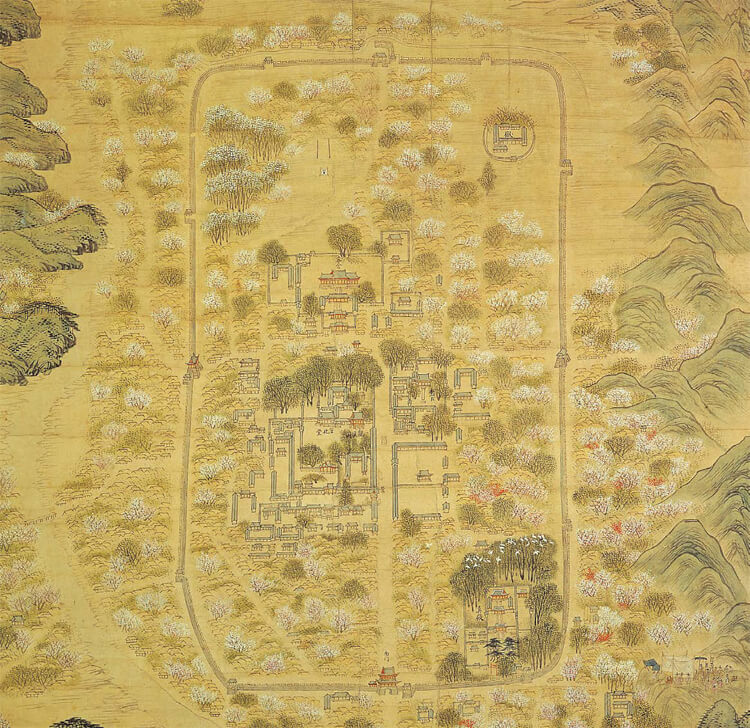
Jeonju used to be one of the three major cities of Joseon Dynasty (1392-1897). The city hosted Jeolla Gamyoung, the provincial office that ruled over the Southwestern part of the Korean peninsula and Jeju Island. Back in those days, Jeonju was called ‘Jeonjubu’ and the castle walls that surrounded it was called ‘Jeonjubusung’ (Jeonjubu Castle). Unfortunately, the gates (except for Pungnammun Gate) and the walls were all demolished during the Japanese Colonial rule. Now, only traces of the walls remain. Jeonjubusung Yetgil (the old trails of Jeonju castle) Tour walks along where the walls once stood.
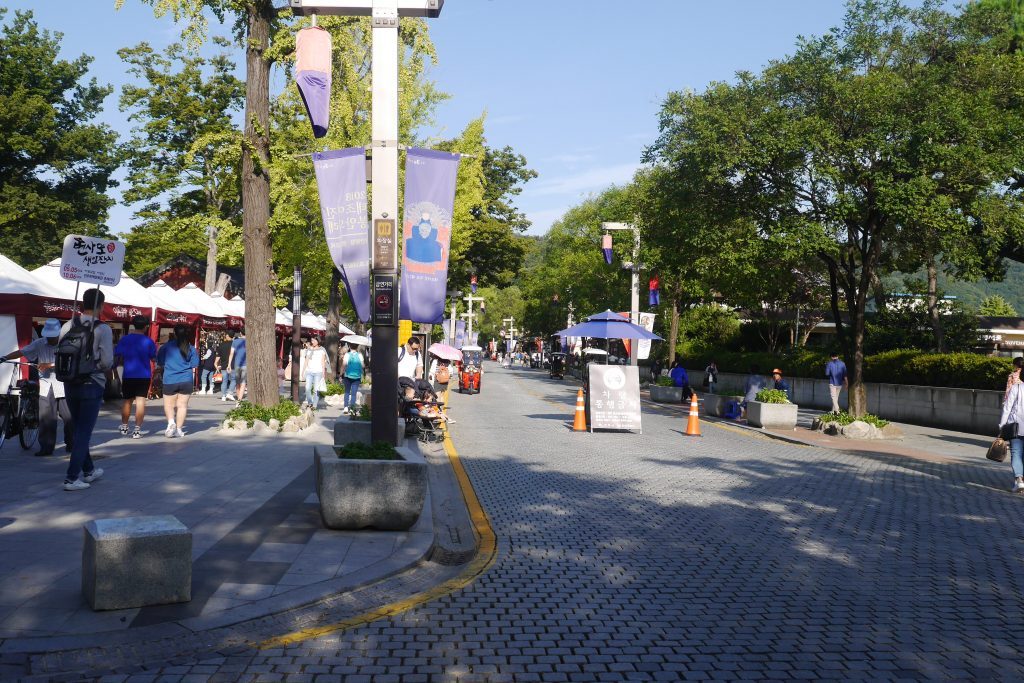
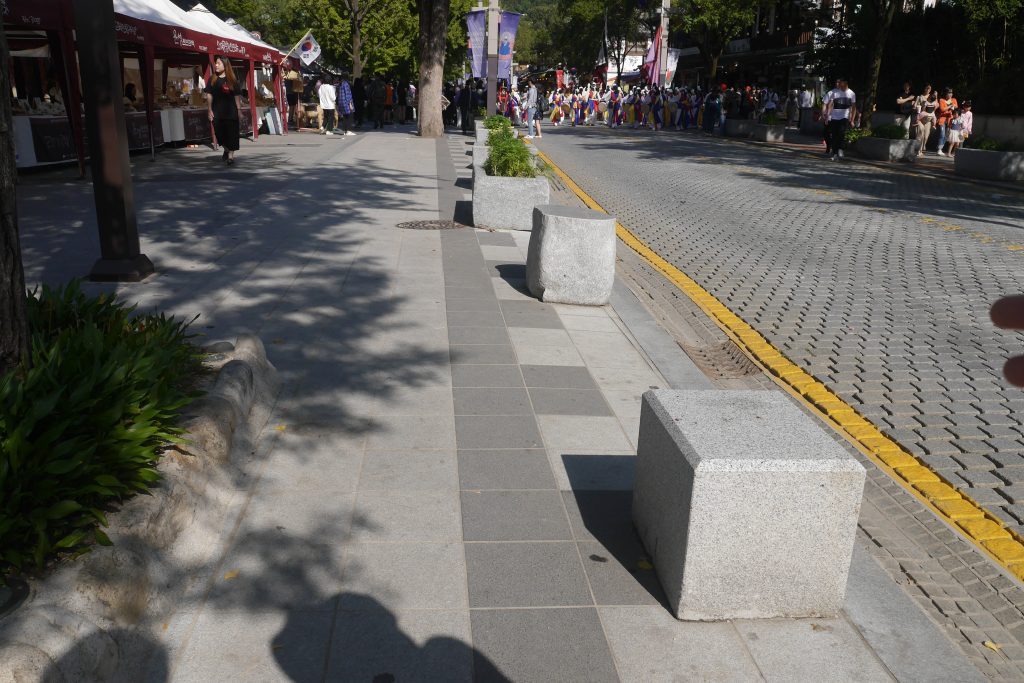
The tour started at the tourist information center in front of Gyeonggijeon Palace. We walked along the main street of Jeonju Hanok Village, Taejoro. I was surprised to find out that the walls also once stood over Taejoro, now bustling with the food vendors, stores, and all the visitors.
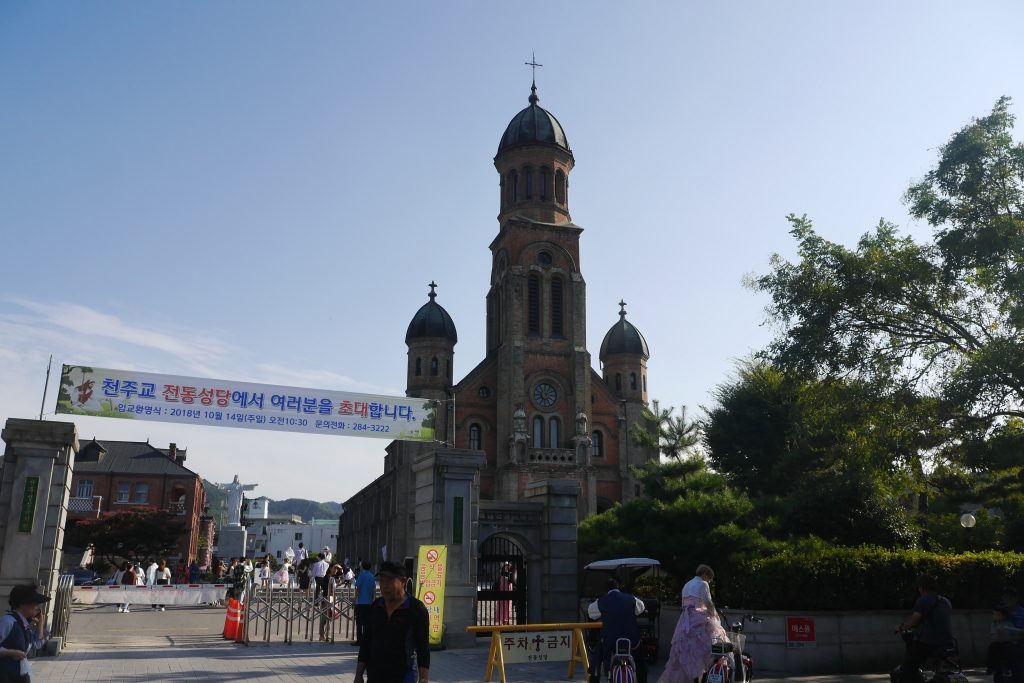
Soon, the tour comes across Jeondong Cathedral. The cathedral was built on the site of the first matyrdom in the Korean peninsula.
Also, the cathedral was built using the stones of the wall where the blood of the matyrs was splashed.

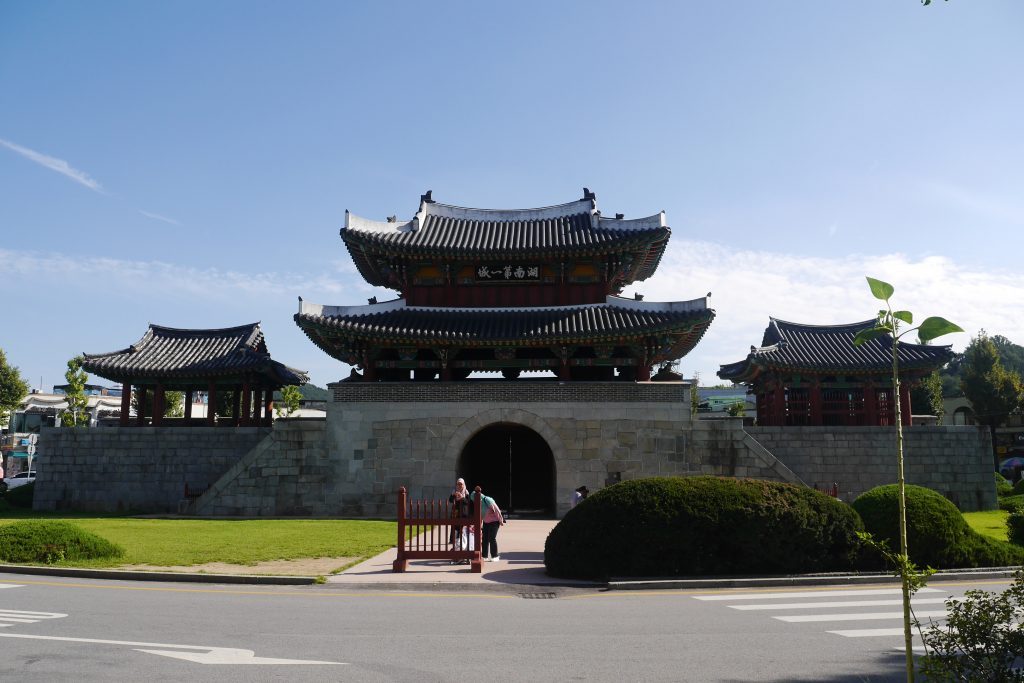
After Jeondong Cathedral, the tour arrived at Pungnammun Gate. This is the only remaining gate among the four gates of Jeonjubu Castle. Pungnammun Gate has been the main gate of Jeonju since Goryeo Dynasty (918-1392). Throughout history, the gate was destroyed and rebuilt several times. Yet, it still stands until today.
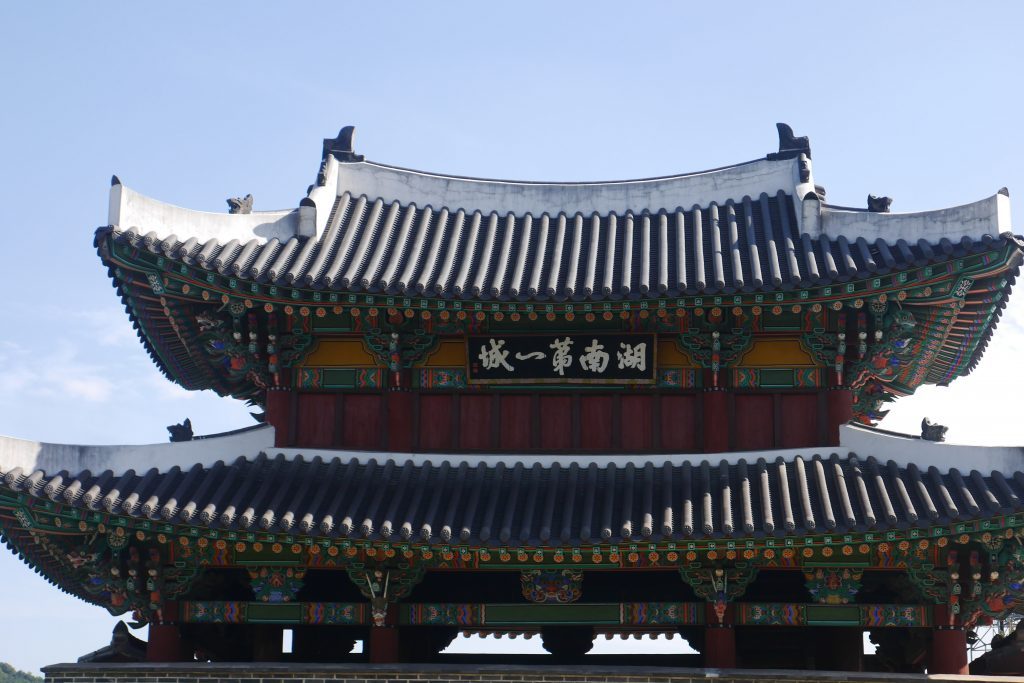
The tablet says ‘chunhajaeilmun’ (the first gate under the heaven). This shows the city’s pride that once used to be the center of the southern Korean peninsula.
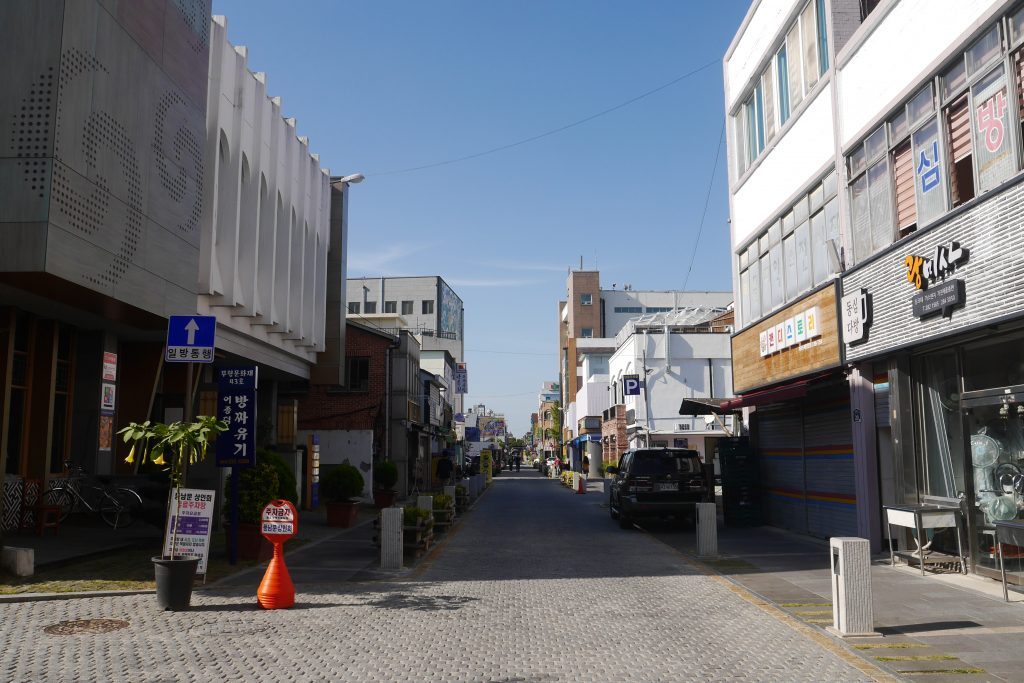
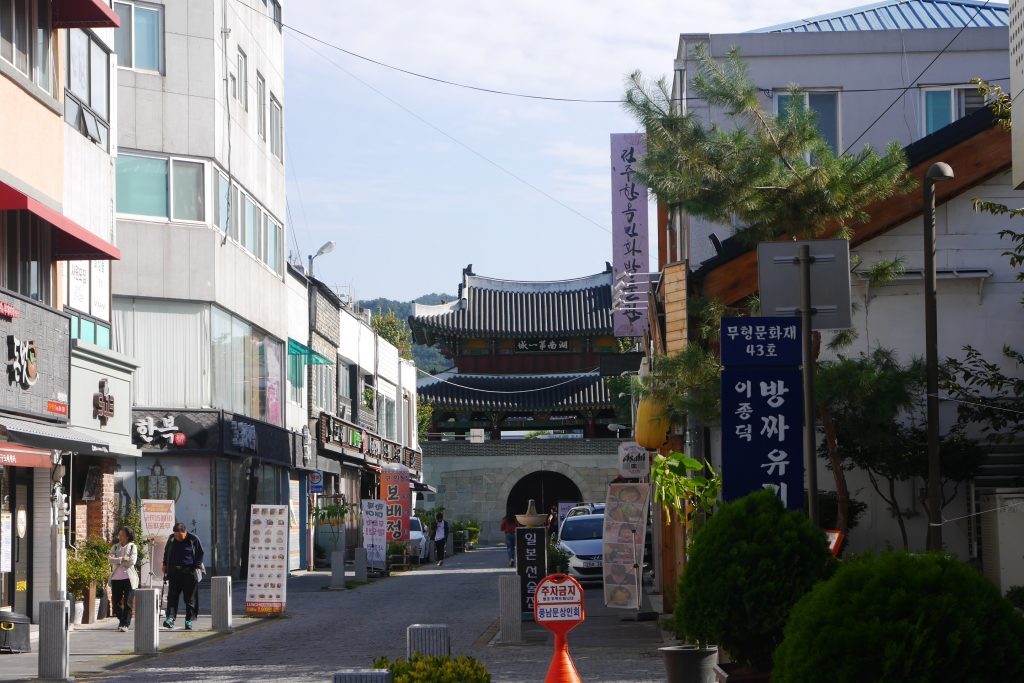
Enter the street facing the gate, the tour came across Jeolla Gamyoung. Gaeksa and Bukmun (North Gate) are on the straight line from there. Bukmun is now gone, but its name still remains.
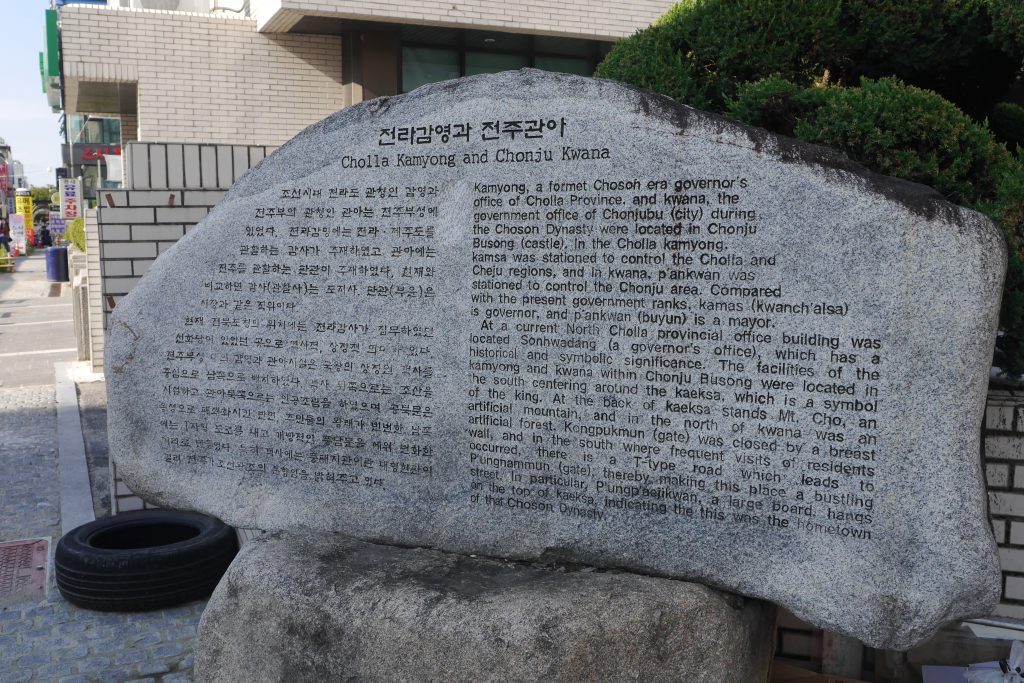
Jeolla Gamyoung (the provincial office) used to be the center of culture and politics of the Southwestern Korean peninsula during Joseon Dynasty. The craftwork shops and publishers were located in Jeolla Gamyoung, producing a variety of vases, painings, stationaries, books, and the like. There’s a reason why Jeonju still remains the center of traditional culture.

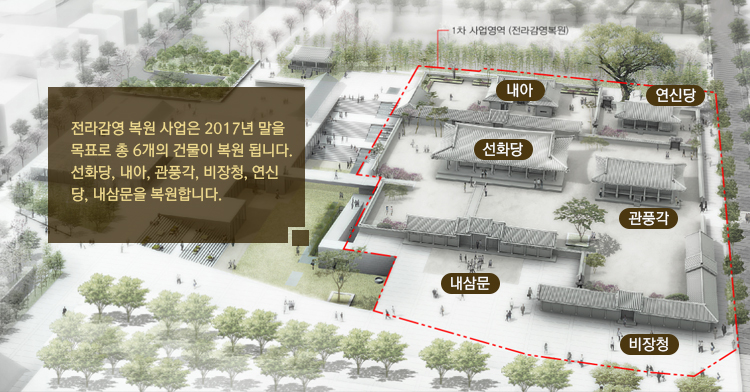
Jeolla Gamyoung is currently undergoing restoration. But this is only a start. Around 2030, the whole Jeonjubu Castle will be restored. Then, the cityscape of Jeonju will completely change again into a city where the past and present coexist.
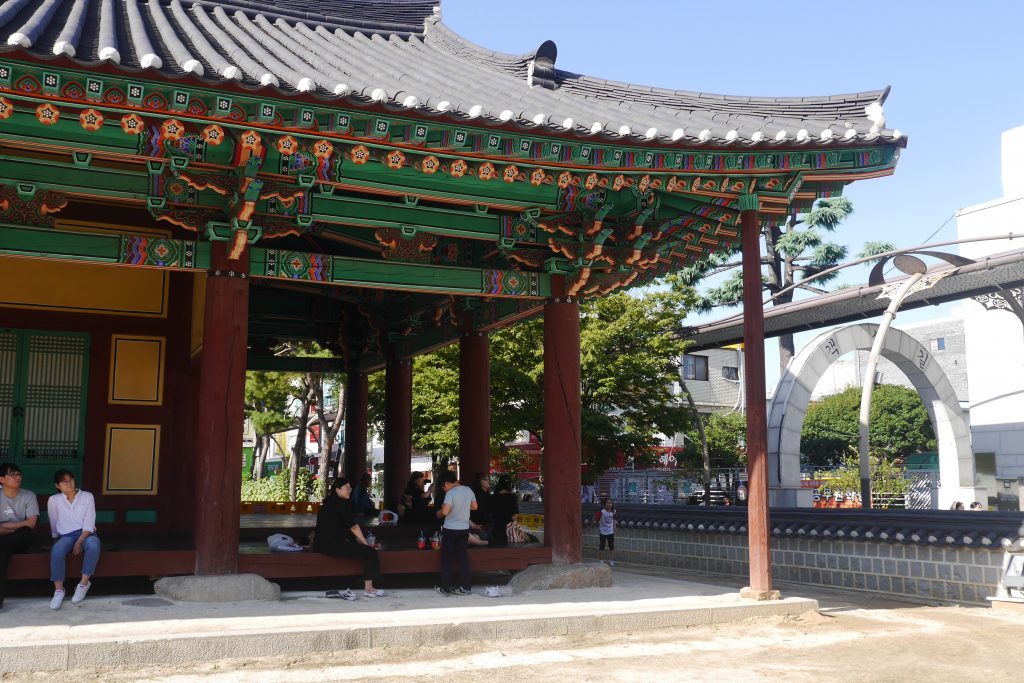
The final destination of the tour is Gaeksa. Jeonjubusung Yetgil Tour is not only for the travellers, but also for the locals. I found out fresh faces and stories of the city that I once thought I already knew. I felt more proud of living in this ancient city.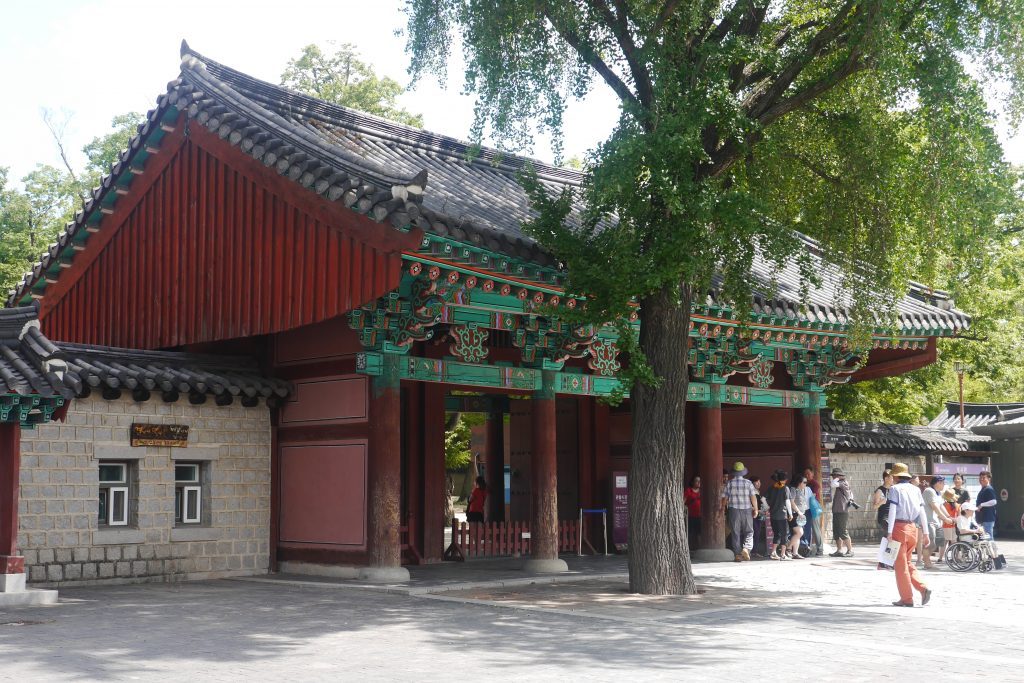
The tour takes around an hour. Yet, the total walking time is only around 15-20 minutes. Therefore, the tour is also suitable for the elderly and children. Keep in mind that in case of bad weather, the tour may be cancelled. I recommend asking the tourist information center beforehand.
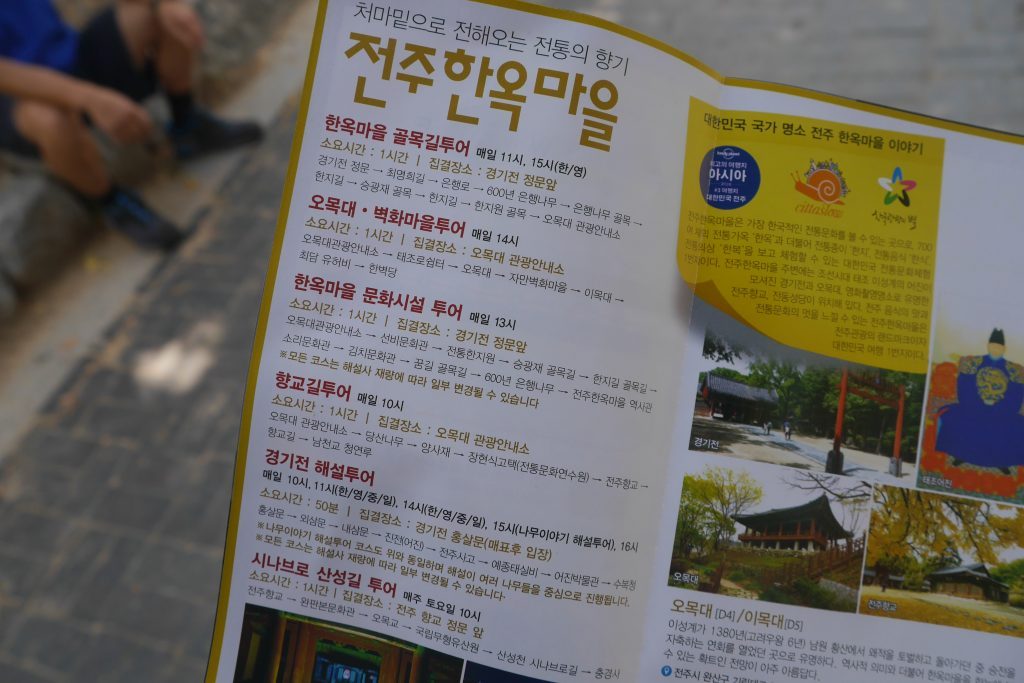
The tourist information center at Jeonju Hanok Village runs a variety of tour programs. I suggest taking a look and learn more about the city of traditional Korean culture.
Tour programs at Hanok Village Tourist Information Center
Hanok Village Alleyway Tour (English): Everyday 3PM (English), start in front of the main gate Gyeonggijeon Palace, takes about an hour
Gyeonggijeon Palace Tour (English, Chinese, and Japanese): Everyday 11AM and 2PM, start at Hongsalmun inside Gyeonggijeon Palace (need to buy ticket to enter), takes about 50 mins


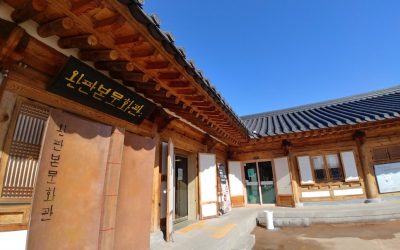
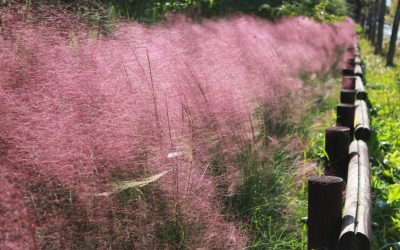
3 Comments